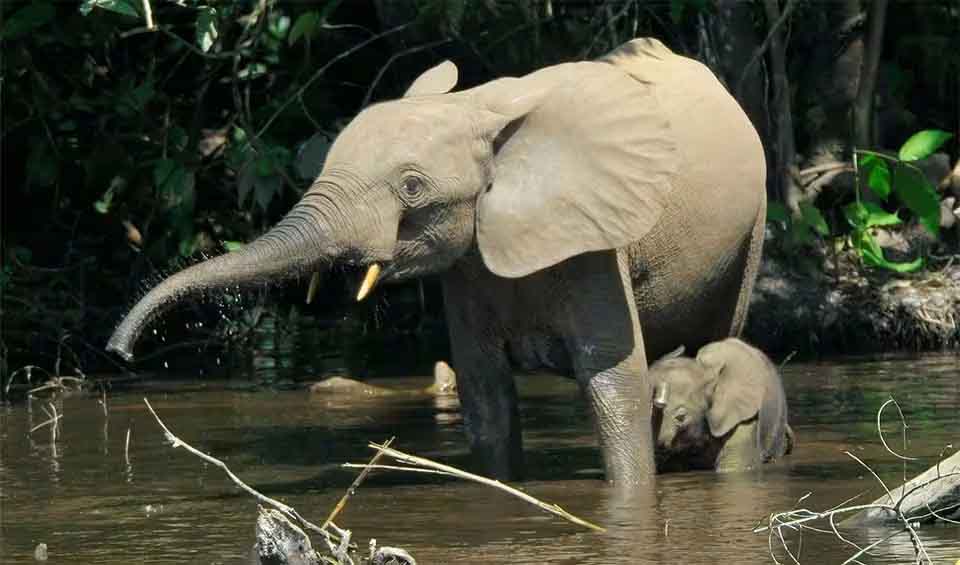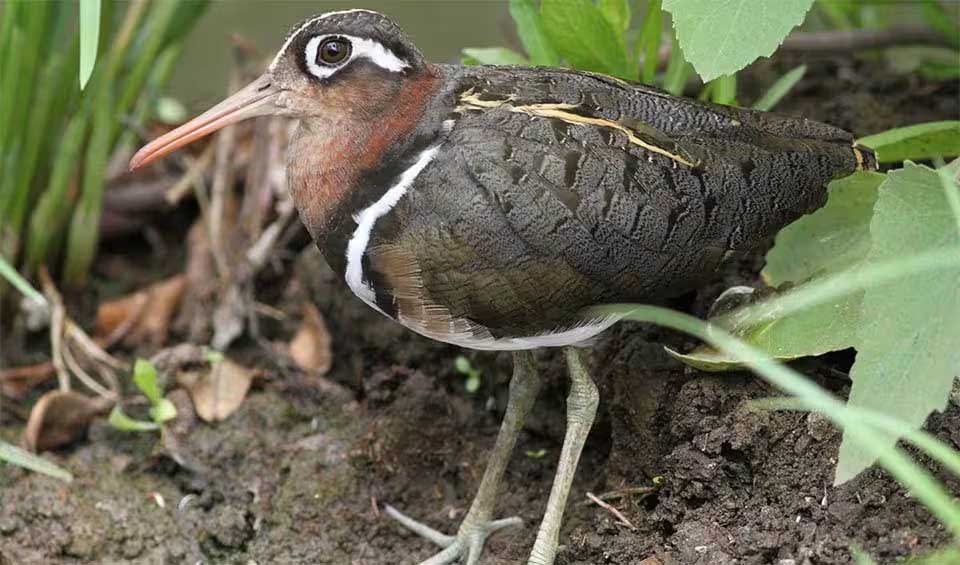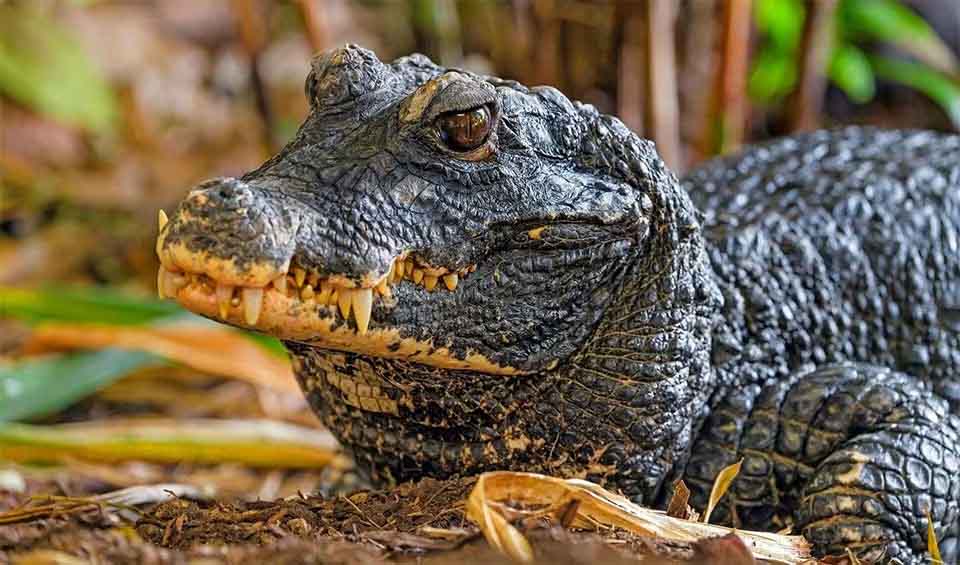A narrow country in West Africa, bordered by Ghana to the west, Benin to the east, Burkina Faso to the north, and the Gulf of Guinea to the south. Despite its small size, Togo boasts a diverse range of environments and cultures, offering a unique blend of landscapes and historical richness. Togo’s geography ranges from a sandy coastline in the south to rolling hills and savannas in the center and rugged mountains in the north. The coastal area features lagoons and sandy beaches, while the interior is characterized by dense forests in the south and savannahs in the far north.
Togo’s varied ecosystems support a wide array of biodiversity. The country’s forests are home to numerous species of birds, mammals, and reptiles. However, Togo faces several environmental challenges, including deforestation, soil degradation, water pollution, and the impact of climate change. Deforestation is particularly problematic as it not only leads to biodiversity loss but also affects local climate conditions and the livelihoods of people dependent on forest resources.
Four pillars elaborated:
Togo is home to a wide range of protected areas, including national parks, faunal reserves, and forest reserves, covering diverse habitats such as savannas, mountains, coastal lagoons, and mangroves. The country’s three national parks and ten faunal reserves play a vital role in conserving its biodiversity, providing sanctuary for various species including elephants, lions, chimpanzees, and numerous bird species. These protected regions constitute about 10% of Togo’s national territory. Despite these conservation efforts, finding a balance between environmental preservation and the needs of local communities presents ongoing challenges. Effective management of these areas must address issues related to resource access and sustainable development to ensure their continued success and contribution to Togo’s ecological health. Land Management
Land Management
The primary threats to biodiversity include the degradation of ecosystems, the introduction of invasive alien species, and the overexploitation of plant resources. Additionally, the lack of a robust system for monitoring wildlife populations and widespread poaching further exacerbate these threats. These factors, among others, contribute to the declining health of natural habitats and the loss of species. Effective management and conservation strategies are urgently needed to address these challenges and to ensure the preservation of biodiversity for future generations. Threats to Biodiversity
Threats to Biodiversity
Togo has progressively integrated biodiversity conservation and sustainable use into its development strategies. This is exemplified by the Strategy for Accelerating Growth and Promoting Employment (SCAPE) (2013-2017), which prioritizes the development of high-growth sectors, including the protection and development of forests and ecosystems. Additionally, it addresses sustainable development challenges such as climate change, coastal erosion, pollution, and natural disaster prevention. Capacity and Governance
Capacity and Governance
Key legal and organizational measures include the 2011 Forest Policy declaration, the establishment of the National Commission on Sustainable Development, and the definition of environmental audit procedures. The National Land Use Policy of 2009 aims to regulate land use practices through well-coordinated frameworks. Furthermore, the National Agency for Environmental Management was operationalized in 2009, and the EU-funded national program on decentralized environmental management (PNADE) (2009-2014) has strengthened local resource governance in eight prefectures.
Togo’s main biodiversity strategy, covering the period from 2010 to 2020, was targeted at establishing a “new and dynamic equilibrium between the conservation and sustainable use of biodiversity by 2050.” The country’s initiatives to protect biodiversity are also aligned with the United Nations Sustainable Development Goals, especially SDG 15, which focuses on Life on Land. Recent efforts have concentrated on promoting activities within a biodiversity-friendly green economy and reducing stress on forest areas. Future Trends
Future Trends
Biodiversity
Despite its relatively small size, Togo’s landscapes range from coastal plains and mangroves to savannas, forests, and mountains, each supporting a variety of flora and fauna adapted to the specific conditions of their habitats. Sandy beaches, lagoons, and mangrove swamps characterize the coastal region along the Gulf of Guinea. These coastal and marine ecosystems are critical for numerous species of fish, crustaceans, and mollusks, supporting both biodiversity and local fisheries. The mangroves, in particular, provide important breeding grounds for marine life and shelter for bird species such as the African fish eagle and various herons.In the central region, the landscape transitions to savannas and open woodlands, supporting different species adapted to drier conditions. The Fazao-Malfakassa National Park, the largest protected area in Togo, is located in this region and is crucial for conserving the country’s wildlife. The park is home to elephants, buffaloes, antelopes, and various primates. It also supports a diverse bird population, including species like the grey parrot and hornbills.
In the table below are the number of known species in several main groups, how many of these species are Threatened with extinction, and how many of them are Endemic (unique to Togo only):
| Species (World rank) |
Threatened | % Threatened | Endemic | % Endemic | |
|---|---|---|---|---|---|
| Mammals | 201 (#61) | 13 | 6.5% | 1 | 0.5% |
| Birds | 572 (#59) | 16 | 2.8% | ||
| Reptiles | 159 (#58) | 6 | 3.8% | ||
| Amphibians | 35 (#79) | 2 | 5.7% | 1 | 2.9% |
| Fishes | 565 (#106) | 57 | 10.1% | 2 | 0.4% |
| Plants | 3,451 (#104) | 13 | 0.4% |
mammals
Serval
Owners of the longest legs-for-body-size of all cats are widespread in sub-Saharan savannahs
Black rhinoceros
With 3 out of 8 subspecies have been declared extinct, illegal poaching puts these hooked upper lip rhinos in danger
African forest elephant
Inhabiting humid forests in West Africa; they are the smallest of the three elephant species
birds
Eurasian Griffon
Most social vultures with 12 distinct types of vocalization
Greater painted-snipe
Looks no less than a renaissance masterpiece
Black-winged stilt
Elegant long-legged wader, common almost worldwide
reptiles
Western green mamba
A lethal beauty of the West African forests
Dwarf crocodile
Timid nocturnal with broad snouts native to Africa, they are the smallest of all crocs
African spurred tortoise
This giant is the largest African and third of all the tortoises on earth
National Animals
Lion
Tufted-tailed Simba in the plight














